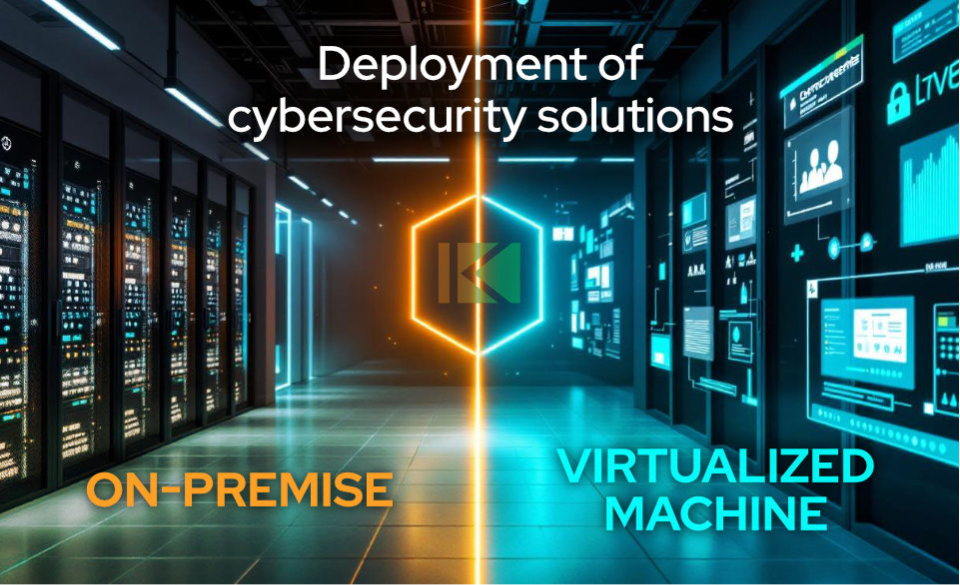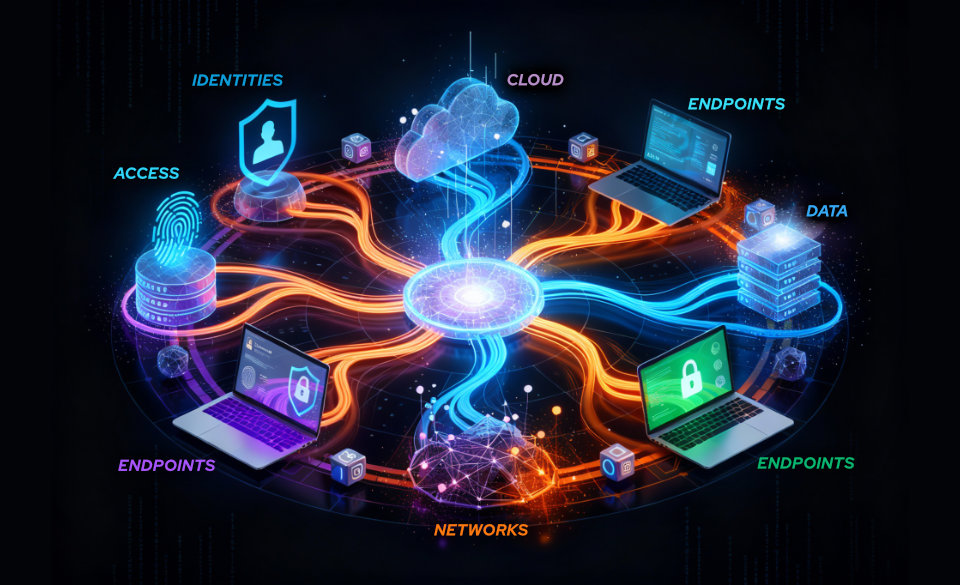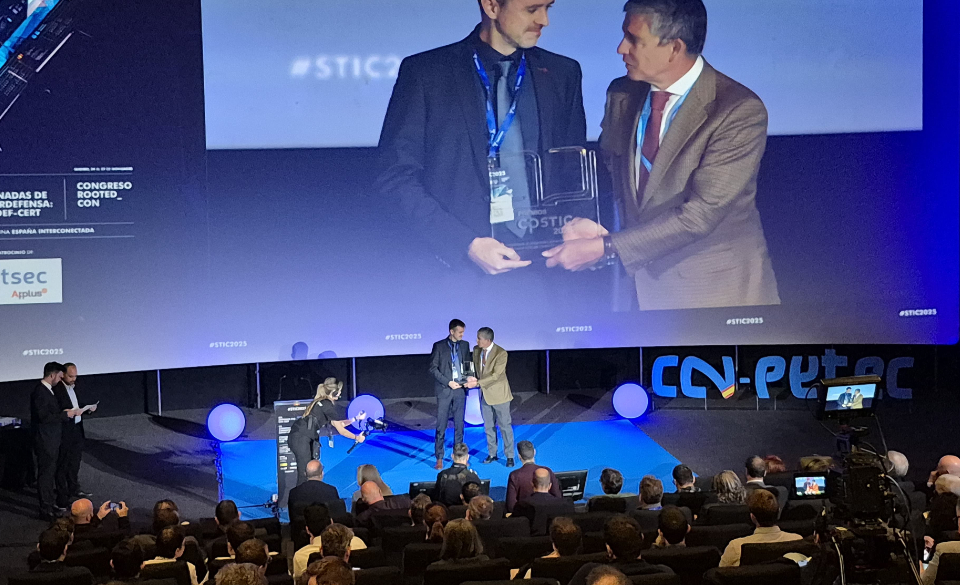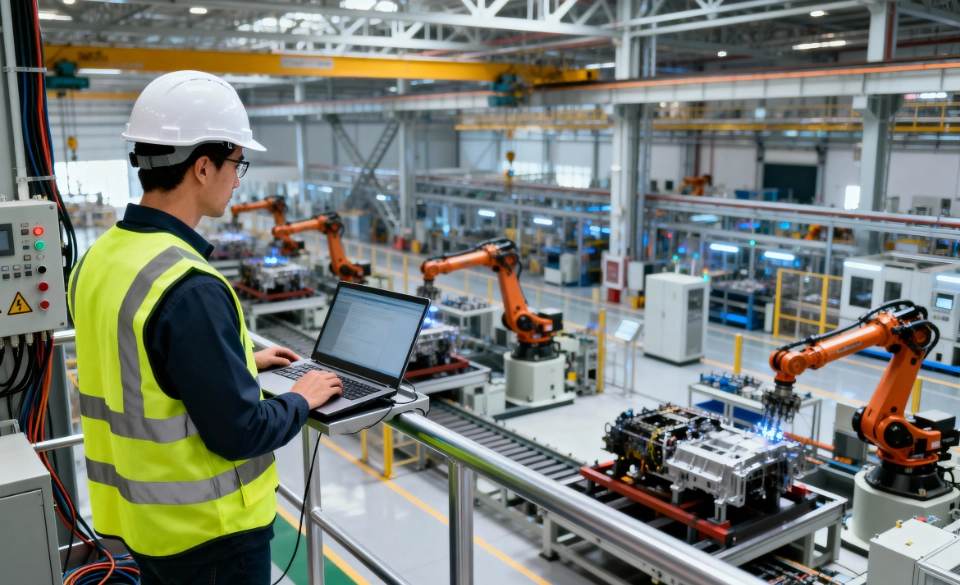
What is MFA (Multi-Factor Authentication)?: An essential -but not definitive- layer in access security
12 de June de 2025
Cybersecurity in Public Administration: Attacks, Risks, and How to Protect What Matters
26 de June de 2025In a world where threats never sleep and the attack surface grows at an exponential rate, decisions about where to deploy cybersecurity solutions are just as important as which solutions are chosen. On-premise deployment on physical servers? Or better the deployment of virtual machine solutions —flexible and ubiquitous? What if the environment requires both simultaneously?
One thing is clear: cybersecurity is not just software, but a strategic architecture. And that architecture critically depends on the chosen deployment model.
On-Premise deployment: Local stronghold
On-premise deployment remains the default model for environments where total control is a top priority: critical infrastructure, regulated sectors, OT environments, defense, energy, and telecommunications. These are systems that cannot (and should not) expose their security to third parties.
From a technical standpoint, this involves installing the security solution directly onto hardware owned by the organization, hosted in internal data centers with restricted physical access.
Technical Advantages:
- Full digital sovereignty. All data, credentials, logs, and configurations remain on company premises. This not only enhances physical security but also facilitates compliance with regulations such as NIS2, ENS, or ISO27001.
- Direct integration with OT infrastructures. Many on-premise solutions can directly interact with industrial control systems, SCADA, or PLCs without exposing these assets externally.
- Latency reduction. In environments where low latency is critical (e.g., telecom networks, energy systems, or military installations), removing the virtualization or WAN layer allows for faster, more predictable operations.
- True physical segmentation. Hosting services on separate physical machines enables stricter defense-in-depth strategies, combining logical and physical isolation.
Technical Considerations:
- High operational and maintenance costs. Energy, cooling, redundant hardware, technical staff… All at the client’s expense.
- Lack of elasticity. Scaling resources requires investment and planning. You can’t just “click to scale.”
- Hardware lifecycle management. Inventory must be maintained, physical failures managed, replacements scheduled, and compatibility between tech generations ensured.
Virtual machine deployment: Modular and elastic cybersecurity
Virtualization has become a standard operating model for many organizations. Installing cybersecurity solutions in VMs allows for greater operational efficiency without sacrificing a high level of control.
In this model, the solution is a virtual machine deployment that can be deployed on one or multiple hypervisors, replicated, scaled, migrated, or even hot “snapshotted.”
Technical Advantages:
- Elasticity and speed. A solution can be deployed across multiple geographic locations in minutes, without moving physical hardware.
- High availability and fault tolerance. With the right configurations, automatic recovery from node failures is possible.
- Granular backups. Deployment of virtualized solutions allow instant restorations to previous states, aiding both maintenance and incident response.
- Lower TCO. Centralizing the virtual infrastructure in an optimized environment reduces operational and energy costs.
Technical Risks:
- Hypervisors as new attack vectors. Threats like “VM escape” can compromise isolation between virtual machines if not properly managed.
- Dependency on underlying infrastructure. Performance and availability depend on the health of the physical infrastructure supporting the VMs.
- Multi-layered security management. It’s not enough to protect the solution—you must also protect the hypervisor, admin interfaces, APIs, and virtual storage systems.
Hybrid: On-Premise or virtual machines deployments
Hybrid models combine the best of both worlds: the robustness of physical control with the flexibility of virtualization. This approach allows, for example, critical modules of a PAM solution to be installed on isolated physical servers, while audit, monitoring, or authentication services are deployed in virtual environments.
In sectors such as energy, telecom, finance, or defense, this enables:
- Separation of security domains. For instance, access credentials for infrastructure can be kept separate from corporate user environments.
- Adaptation to asset lifecycle. Industrial equipment with over 20 years of useful life can coexist with modern virtual infrastructure without compromising security.
- Dual regulatory compliance. Some regulations demand traceability and monitoring, while others require isolation. A hybrid environment can meet both simultaneously.
Endurance: An adaptable architecture for complex environments with virtual machile deployment
A cybersecurity solution should not impose infrastructure limitations—it should precisely adapt to the operational context. Endurance, Cosmikal’s Shielded work environment, is designed for equally robust deployment whether on-premise or in virtualized infrastructure, without compromising performance or protection capabilities.
This duality is not just technical support it’s an architectural decision:
- It allows Endurance to be implemented directly on dedicated hardware in OT zones or mission critical environments requiring physical isolation.
- At the same time, it can be deployed on virtual machines or VDI environments, integrating into dynamic, scalable, and highly available ecosystems.
Thanks to this deployment versatility, Endurance becomes a cross-cutting component in hybrid architectures—able to protect assets as varied as a SCADA in a remote substation or a corporate application accessed via VPN from abroad all under the same layer of visibility, control, and traceability.
To secure your company, deploy Endurance, no matter your infrastructure type.




